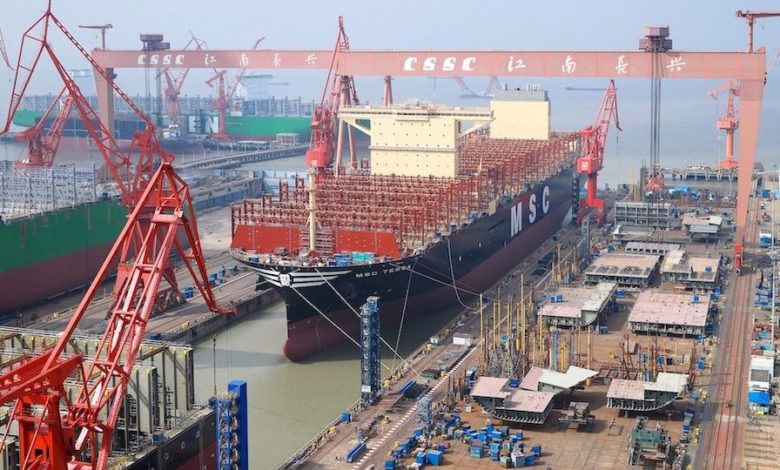50% of the global orderbook held by just two shipping sectors

More startling data on the extraordinarily skewed nature of the global ship orderbook has emerged.
According to data from Clarksons Research, fully 50% of the the global orderbook in cgt terms is contracted for just two shipping segments, LNG and containers.
Clarksons Research’s upcoming Shipping Review & Outlook publication shows the huge variation in orderbooks with LNG orders, for instance, now equivalent to 53% of the extant fleet, while tanker orders account for just 5% of the extant fleet.
Other notable shipyard data from the publication include the statistic that yard capacity is still 35% down from its 2011 peaks and yard slot availability is tight with the orderbook standing at 3.5 times last year’s output. Owners of tankers and dry bulkers anxious to kick off fleet replacement programs are faced with a long wait and elevated prices.
Clarksons data shows 31% of the global merchant fleet is now over 15 years of age, and 30% of tonnage ranks in the D and E bands for the International Maritime Organization’s Carbon Intensity Indicator (CII) ratings.
After many years of contracting shipyard capacity, the global yard scene is finally expanding amidst record-long orderbooks, and a growing acceptance that much of today’s fleet will need to be replaced to meet new green regulations.
“Yards have got the longest backlog in history with 2026 soon full,” Dag Kilen, head of research at Norwegian broker Fearnleys, told Splash earlier this month.
According to data from Maritime Strategies International (MSI) carried in class society ABS’s recently published 2023 Outlook, shipyard capacity grew 1.8% to 67.1m gt last year with MSI forecasting this figure will rise to 69m gt by 2025, and will peak at 81m gt in 2030. While this is significantly above current levels, it remains 26% below the 2011 peak.
